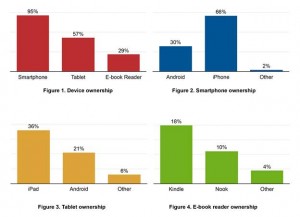December 16, 2016
Building A Smarter Campus Using DAS and WiFi Network
WiFi is a local area network (LAN) that provides internet access within a limited range. You’ll be familiar with it as your home network or your often free network you connect to at the airport while waiting for your flight. Devices using WiFi transmit data to the internet using 2.4 GHz and 5 GHz radio waves. Standards for WiFi continue to evolve like “N” or “AC”. Each of these new standards make improvements in very crowded frequency bands. Cellular is a wide area network (WAN) that covers miles. This means you are connected to the internet through a series of base stations that have fixed transceivers to receive and send radio waves. And lastly a DAS (Distributed Antenna System) is an infrastructure that allows you to plug in a cellular signal source and distribute it over a large area such as a campus, stadium, arena and airport just to name a few.
College students are one of today’s most connected groups. A Study from Educause* found that more than 95% own a smartphone, and more than 58% own more than three Internet-connected devices. We’ve seen many in the community that have debated WiFi vs DAS on a school campus or any type of campus for that matter. It is not a matter of WiFi vs DAS, it is more of how do you compliment one with the other to create seamless connectivity. It is often said that installing DAS can be extremely expensive on a school campus and that WiFi is a better option. If installed correctly utilizing rooftops, light poles and other outdoor structures and planned well DAS can be cost efficient. But that is not to say that DAS should win out over WiFi. School provided WiFi in addition to a DAS to fill in the holes is a perfect solution.

Figure 1. Device Ownership
Also, when it comes to safety on campus, WiFi calling may not be the best practice as most smartphones do not have ways to identify the location of the phones. In case of emergencies, WiFi calling is not recommended to call the first responders, and instead using the regular cellular network is a better choice and having a strong cellular signal strength on the campus is important for the safety of the students and faculties.
Forward thinking university IT executives are looking to build networks that can grow and shift with the rapid changes in mobile usage. Building a complimentary DAS and WiFi network will help Universities take advantage of both licensed and unlicensed spectrum, and provide insurance in times of peak usage. The seamless relationship between the two networks enable a pressure release valve on campus, the DAS network can relieve strain on the WiFi network and vice versa.
To learn more about ADRF’s Solutions for Higher Education, click HERE.
* Educause: Students’ Mobile Learning Practices in Higher Education: A Multi-Year Study – Published on June 22, 2015